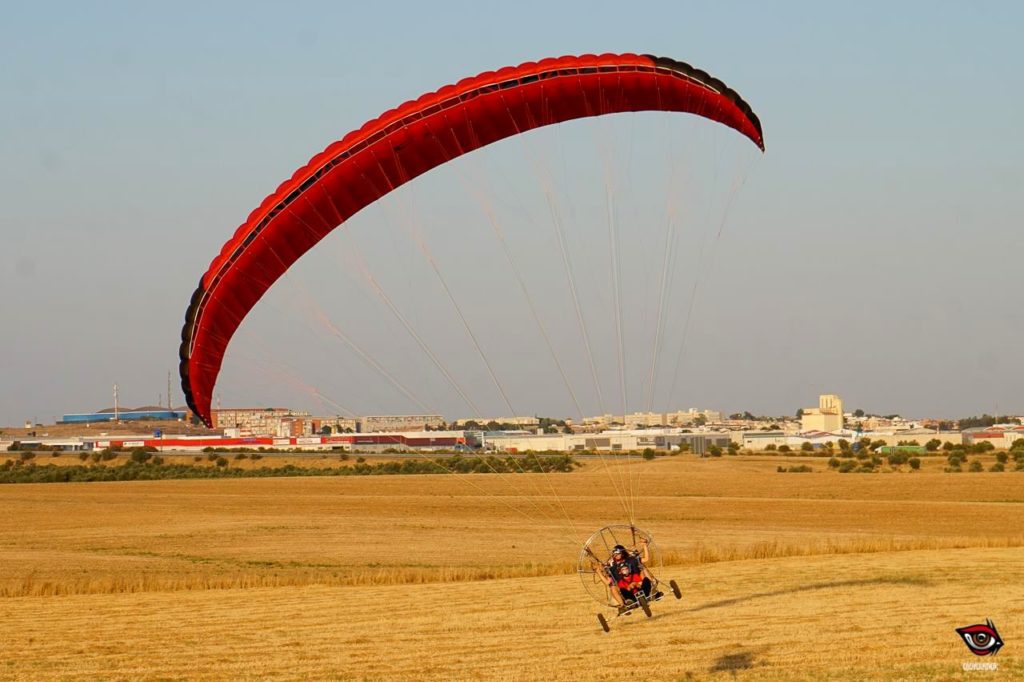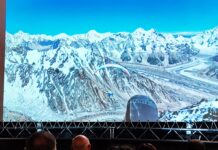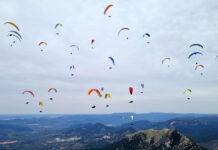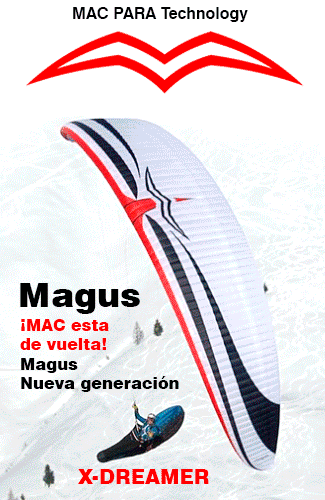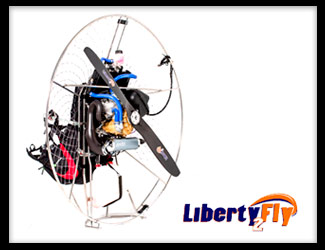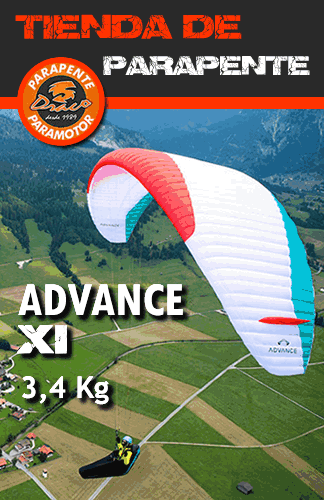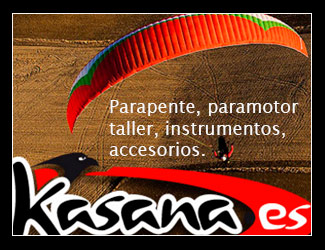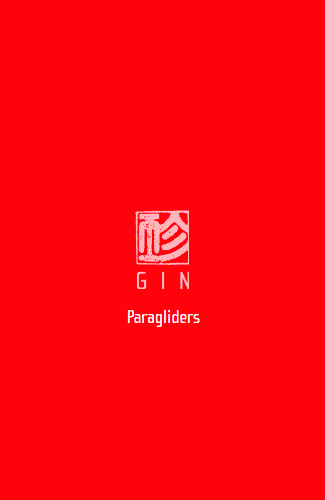We spent a pleasant afternoon’s flight with the paragliding school Aerofly and Andres Sanchez, testing this new reflex glider of 38 m2, specific for flying with paratrike. The Sol Hercules has a weight range of 180 to 380 kg and, in our case, we flew with a total weight in flight of some 300 kg, with an Airfer Paramotors Mustang paratrike powered by a Rotax 503 engine.
The conditions were of moderate wind, but that allowed us to do many takeoffs and short flights.
The Sol Hercules 380 offers flawless inflation: the glider pre-inflates perfectly and has a healthy tendency to rise centered. It asks for speed to take off and to gain its best lift. It is very stable in the air and conveys great solidity.
It has a special brake system. The usual brake line brakes all the wingspan of the Sol Hercules; with them you take off and do the general maneuvers. In this way the brake is physical and the turns are mild. If you want the glider to turn in a dynamic way, we’ll need to use the auxiliary steering “balls” that only act on the wingtips. This is also the way to steer when you are flying with the short trimmers open and the reflex activated. The trimmer is easy to use, although after a couple of uses, it tends to get stuck.
The Sol Hercules is a good glider to navigate. Hands up, it is efficient and asks for little gas; full speed is about 60 Km, which is good considering that in our test flights we had a moderate wing load.
The design of the Hercules is simple, with 42 cells -more or less like an EN A wing-, two line levels, internal diagonals, rods on the leading edge, and mini ribs on the trailing edge.
In short, a glider that is easy to fly, with good inflation, balanced, fast and stable, and offering the solidity and speed that is expected from a reflex wing. The Hercules is also a robust, versatile and effective wing to fly on tandem paratrike.


